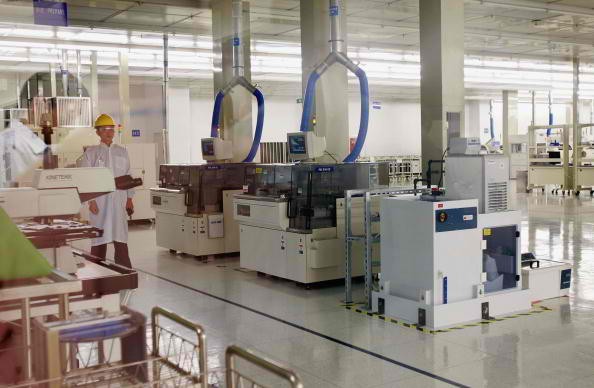The Made in China 2025 (MIC 2025) program aims to address China's woes regarding its manufacturing sector--the one responsible for its rapid economic growth at the turn of the 21st century. Whereas there are no questions on funding, the same cannot be said when it comes to technology.
With China looking to rival the world's leading manufacturing centers--U.S., Japan, and Germany--before 2049, MIC 2025 seeks to promote further integration and efficiency in the Chinese manufacturing industry. Apart from that, component localization also emerges as a priority point, per CKGSB Knowledge.
In terms of funding, MIC 2025 is not jeopardized. The Chinese government has earmarked $20 billion for supporting programs on the IC industry, while another $100 billion has been contributed by both local government units and the private sector for the cause, Solid State Technology said.
But what would nix the progress of MIC 2025 is constrained access to IC technology. Unlike other industrial rivals, China faces pressure from other countries, who refuse to provide it with IC-related innovations due to the perception that it is taking an aggressive path to building on its IC goals.
The speed to which China is progressing in terms of manufacturing has alerted several countries of the possibility that Chinese companies might acquire foreign IC suppliers. That alone has slowed down the country's prospects in acquiring new IC technologies, leaving its own efforts outdated at best.
Funding, in this case, cannot merely compensate for China's need to acquire foreign know-how in IC technology to induce competitiveness. Thus, to get around that predicament, Chinese firms have opted to hire engineers with updated IC knowledge--those linked with Samsung, Toshiba, and Intel.
With that effort hitting the ground, China has been able to achieve a slow but steady growth in IC production. From 9.8 percent in 2011, Chinese IC production reached 11.6 percent of the IC market's total value of $112 billion in 2016, and is forecast to rise by 25 percent in 2025 given steady growth.



























